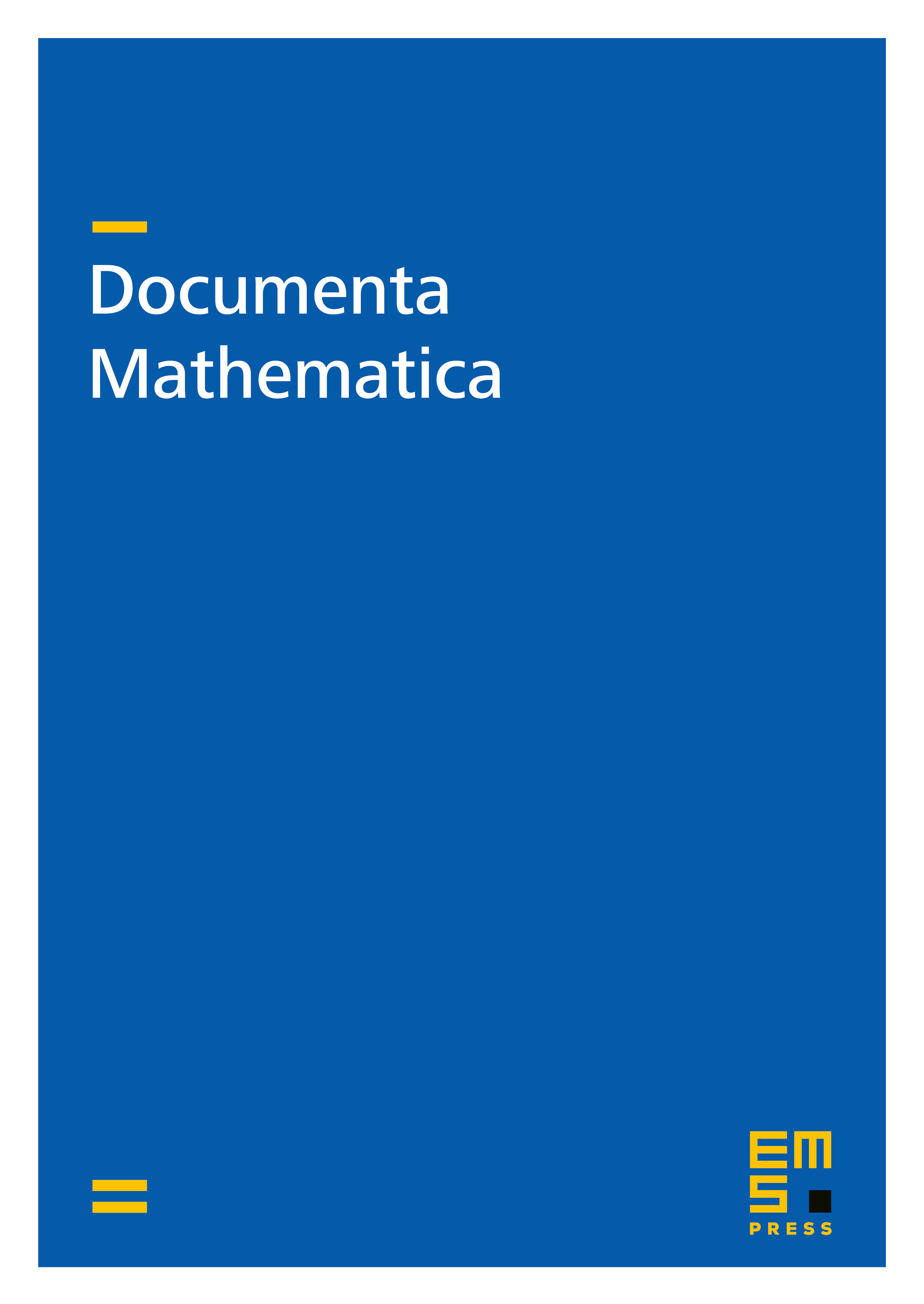The max-plus Martin boundary
Marianne Akian
INRIA Saclay - ÎIe-de-France and CMAP, École Polytechnique, 91128 Palaiseau Cedex, FranceStéphane Gaubert
INRIA Saclay - ÎIe-de-France and CMAP, École Polytechnique, 91128 Palaiseau Cedex, FranceCormac Walsh
INRIA Saclay - ÎIe-de-France and CMAP, École Polytechnique, 91128 Palaiseau Cedex, France

Abstract
We develop an idempotent version of probabilistic potential theory. The goal is to describe the set of max-plus harmonic functions, which give the stationary solutions of deterministic optimal control problems with additive reward. The analogue of the Martin compactification is seen to be a generalisation of the compactification of metric spaces using (generalised) Busemann functions. We define an analogue of the minimal Martin boundary and show that it can be identified with the set of limits of «almost-geodesics», and also the set of (normalised) harmonic functions that are extremal in the max-plus sense. Our main result is a max-plus analogue of the Martin representation theorem, which represents harmonic functions by measures supported on the minimal Martin boundary. We illustrate it by computing the eigenvectors of a class of Lax-Oleinik semigroups with nondifferentiable Lagrangian: we relate extremal eigenvector to Busemann points of normed spaces.
Cite this article
Marianne Akian, Stéphane Gaubert, Cormac Walsh, The max-plus Martin boundary. Doc. Math. 14 (2009), pp. 195–240
DOI 10.4171/DM/271